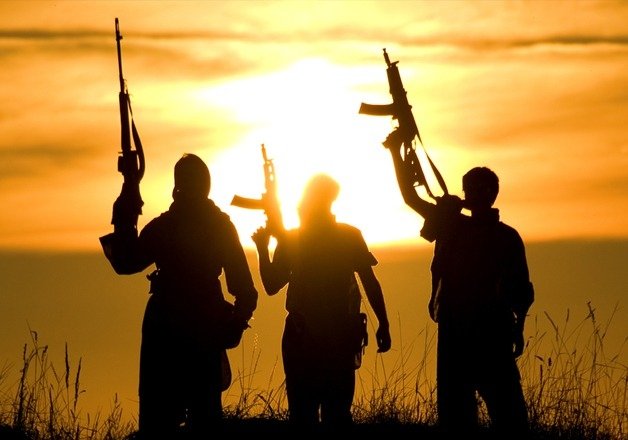India’s constitution guarantees all citizens equality before the law, yet the way political parties choose their candidates says a very different story. While party manifestos promise “social justice” and “equal opportunity”, the reality in Bihar’s upcoming Vidhan Sabha elections tells us that many people still feel left out.
The social map of Bihar
A recent 2022‑23 caste‑wise survey shows the state’s population split roughly as follows:
| Group | Percentage |
|---|---|
| Upper Castes | 15.5% |
| Backward Castes (BC) | 27% |
| Extremely Backward Castes (EBC) | 36% |
| Scheduled Castes (SC) | 19.6% |
| Scheduled Tribes (ST) | 1.7% |
The religious composition is similar: about 82 % Hindus, 18 % Muslims, and a handful of Sikhs, Buddhists and others. Within the Muslim community, almost 75 % belong to BC/EBC categories.
Who gets the tickets?
The 2025 election is the last leg of Bihar’s state contest. Parties must decide which candidates will appear on the ballot. Here’s how the main players have broken that down:
| Party | Total seats contested | BC/EBC tickets | Upper‑caste tickets | Reserved seats | Muslim tickets |
|---|---|---|---|---|---|
| JDU (Nitish Kumar) | 101 | 41 (Yadav 8, Kurmi 12, Koeri 13, Vaisya 8, Dhanuk 8) | 22 (Bhumihar 9, Brahmin 2, Rajput 10, Kayasth 1) | 17 (SC/ST) | 4 |
| RJD (Tejashwi Yadav) | 144 | 52 (mostly Yadav) | 18 (mostly Rajput) | 30 (SC/ST) | 18 |
| BJP | 101 | 35 (Yadav 6, Kurmi 2, Koeri 7, Vaisya 15) | 49 (Bhumihar 16, Brahmin 11, Rajput 21, Kayasth 1) | 10 (EBC) | 12 (SC/ST) |
| Congress | 60 | 15 | 35 | 10 | 5 |
Across the board, upper‑caste candidates outnumber those from backward or Muslim backgrounds. Even the JDU, which has tried to spread tickets more evenly, still gives a small share to Muslim seats and leaves many small, land‑less communities under‑represented.
What past elections reveal
When parties align with their “socialist” partners, backward candidates win more seats. For instance:
- In 1990, a united Janata Dal swept 53 of 54 Bihar seats with mostly backward‑class MPs.
- In 2015, when JDU and RJD joined forces, Yadav representation rose.
- In 2020, JDU’s win rate dropped dramatically when the party ran on a hardline BJP‑style platform that alienated many of its usual supporters.
The numbers also show that when BJP and Congress pick more upper‑caste tickets, the overall vote share for backward classes shrinks. In 2025, that trend is expected to continue, meaning that the weight of small artisan and landless groups in the House will decline further.
The big question: who will win?
While the JDU still leads in ticket allocation for backward castes, the BJP’s stronger upper‑caste base and the Congress’s focus on upper‑caste candidates give those parties an advantage in the overall vote. RJD’s focus on the Yadav voter base keeps it relevant in the spectrum of backward communities, but its share of seats from other backward castes remains limited.
In short, the 2025 Bihar Vidhan Sabha election is shaping up to be another race in which upper‑caste dominance could continue, while significant portions of the population—especially small, land‑less, and lower‑class groups—may feel further sidelined. Whether parties can bridge that gap or keep it as a bargaining chip remains to be seen.
Source: ianslive
Stay informed on all the latest news, real-time breaking news updates, and follow all the important headlines in world News on Latest NewsX. Follow us on social media Facebook, Twitter(X), Gettr and subscribe our Youtube Channel.



